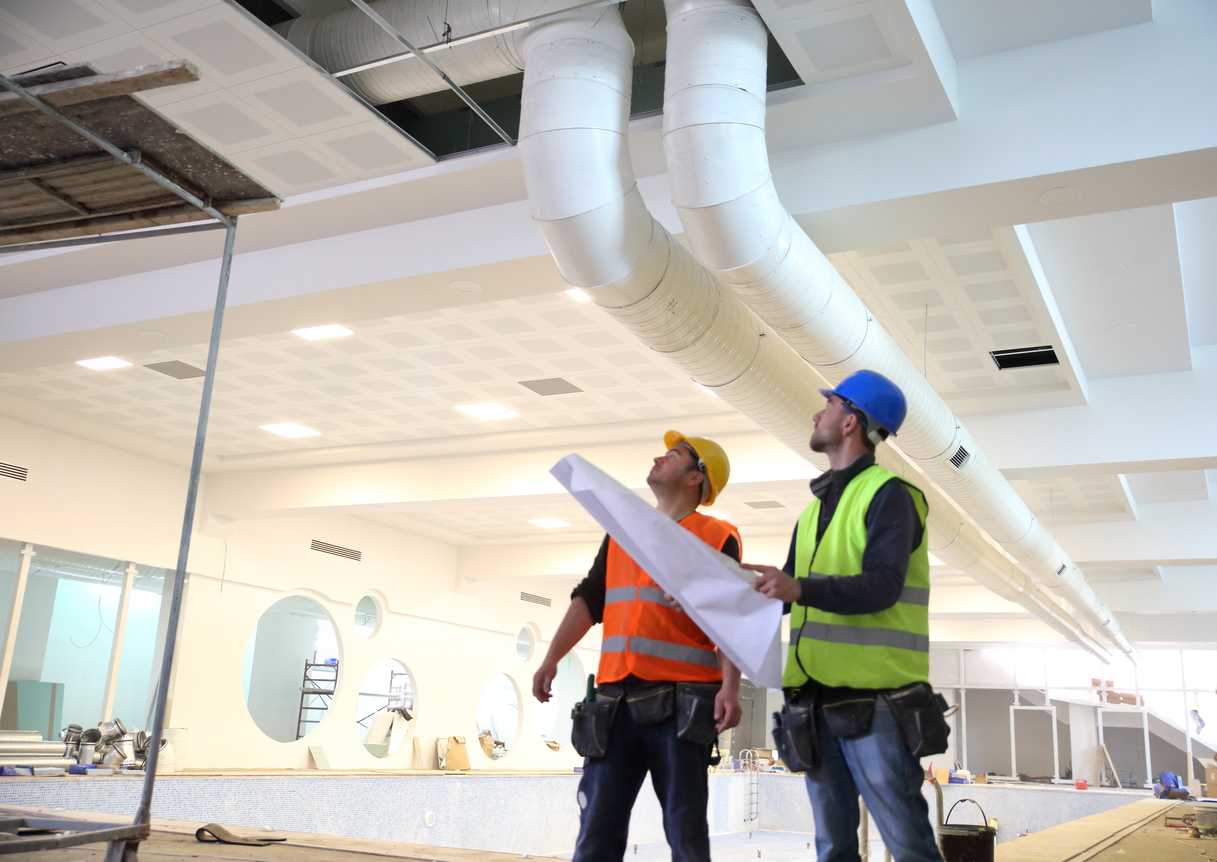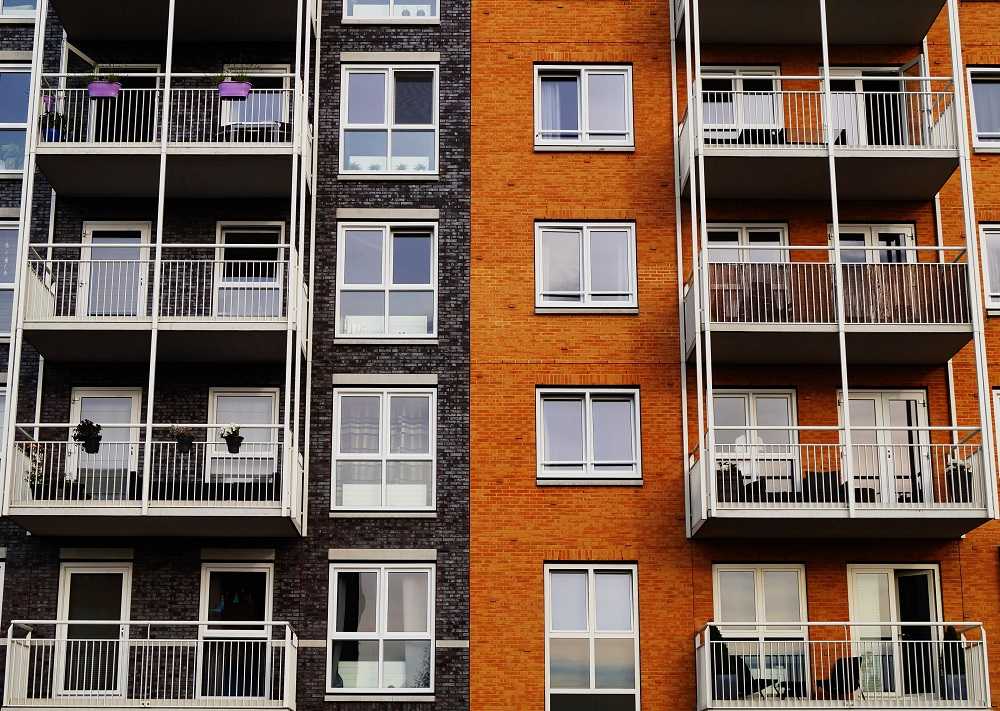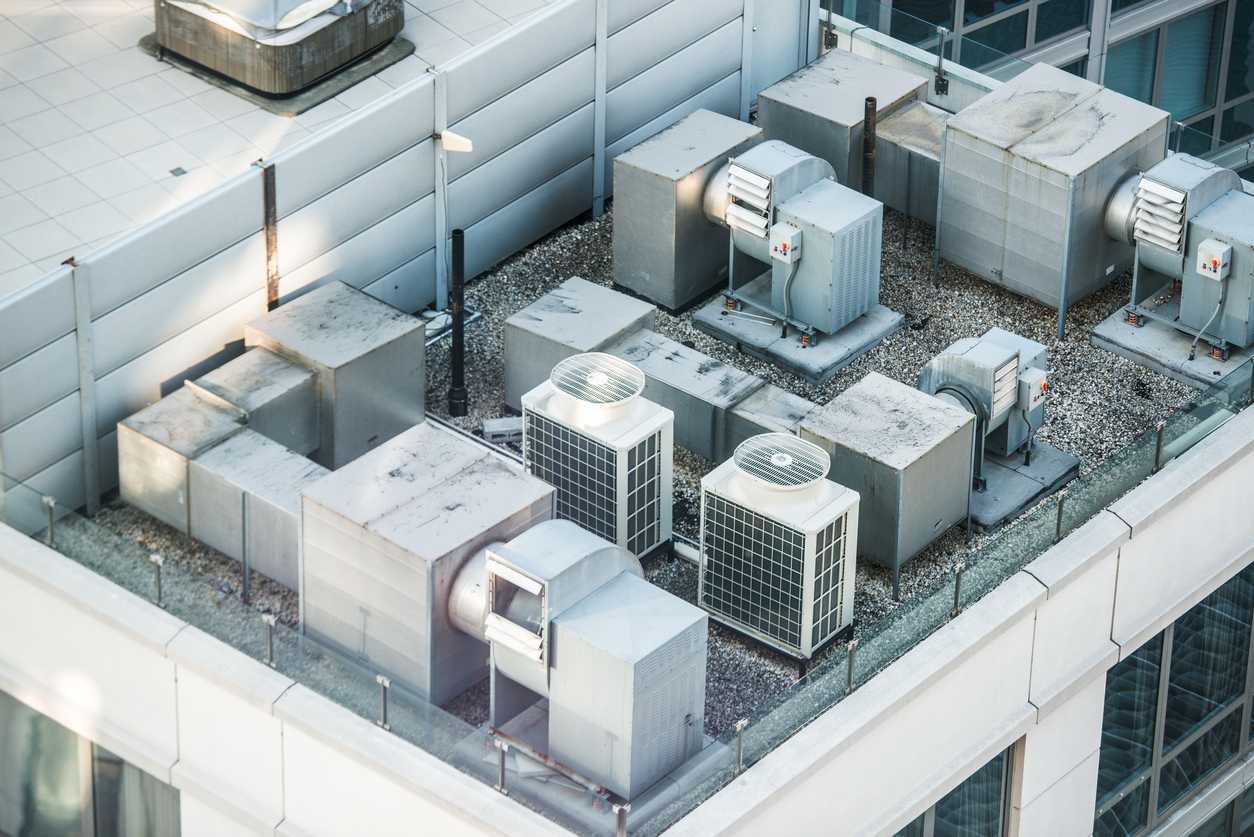We need buildings to keep us healthy, operate efficiently, and help meet aggressive environmental goals. HVAC uses more than half the energy in commercial buildings so it has to be the #1 target for anyone serious about reducing energy bills, improving ventilation and indoor air quality, and reducing emissions. Very High Efficiency HVAC (VHE HVAC) provides all of these benefits and it is an excellent option for electrification as it eliminates natural gas without increasing electricity use or demand.
What is it?
VHE HVAC is a performance-based, technical specification that optimizes the entire HVAC system. Individual components include high-efficiency heating and cooling equipment, extremely high-performance heat or energy recovery, a dedicated outdoor air system, advanced filtration, and airflow segregation that limits the spread of contaminants. Critical design specifications ensure that these components work together to deliver maximum performance. The specification can be met with equipment that is widely available and fully commercialized. Because VHE HVAC reduces peak demand, there is no need for costly electrical service upgrades that often make electrification projects economically unfeasible.
Does it work?
Developed and tested by the non-profit Northwest Energy Efficiency Alliance (NEEA), VHE HVAC-compliant systems have been installed in a variety of building types and climates with consistently spectacular results. Rigorously-documented case studies include unsolicited testimonials from occupants about the improved indoor air quality. Results were validated by Pacific Northwest National Laboratories which concluded in its report that the same level of savings persisted several years after the systems were installed.

“Other people in areas that hadn’t yet been converted kept asking, ‘When are we getting our air fixed?'”
Ryan McCormick
Chief Engineer, Oregon Department of Fish & Wildlife
Electrification
VHE HVAC Electrification Results
Law office energy use example.

This chart shows a demonstration building that was converted from gas heat to electric heat with virtually no increase in electricity use. Peak demand simultaneously decreased by almost 30%.
What buildings does it apply to?
VHE HVAC is a total system replacement appropriate for zones or whole buildings that need to replace all or most of the existing HVAC system. Commercial buildings six stories or less with heating and cooling provided by packaged rooftop or small unitary systems/boilers that are at the end of their service life and planning to be replaced make ideal candidates. Buildings higher than six stories with floors that have self-contained HVAC systems also have applications. Multifamily residential buildings are appropriate if they have construction suitable for installing duct work to distribute ventilation air through chases and plenums. Excellent applications are office, retail, lodging, and education buildings.
IMT can help
IMT will provide technical assistance to your engineering staff or contractors to design a VHE HVAC system that minimizes overall system cost, size, and refrigerant volume consistent with providing for the safety and comfort of occupants and accepted engineering practices. We can also provide preliminary savings estimates based on utility bills and basic building information. Many utilities provide incentives for high-efficiency heating and cooling equipment that apply to VHE HVAC.
For more information
Contact vhehvac@imt.org or download our VHE HVAC overview.



